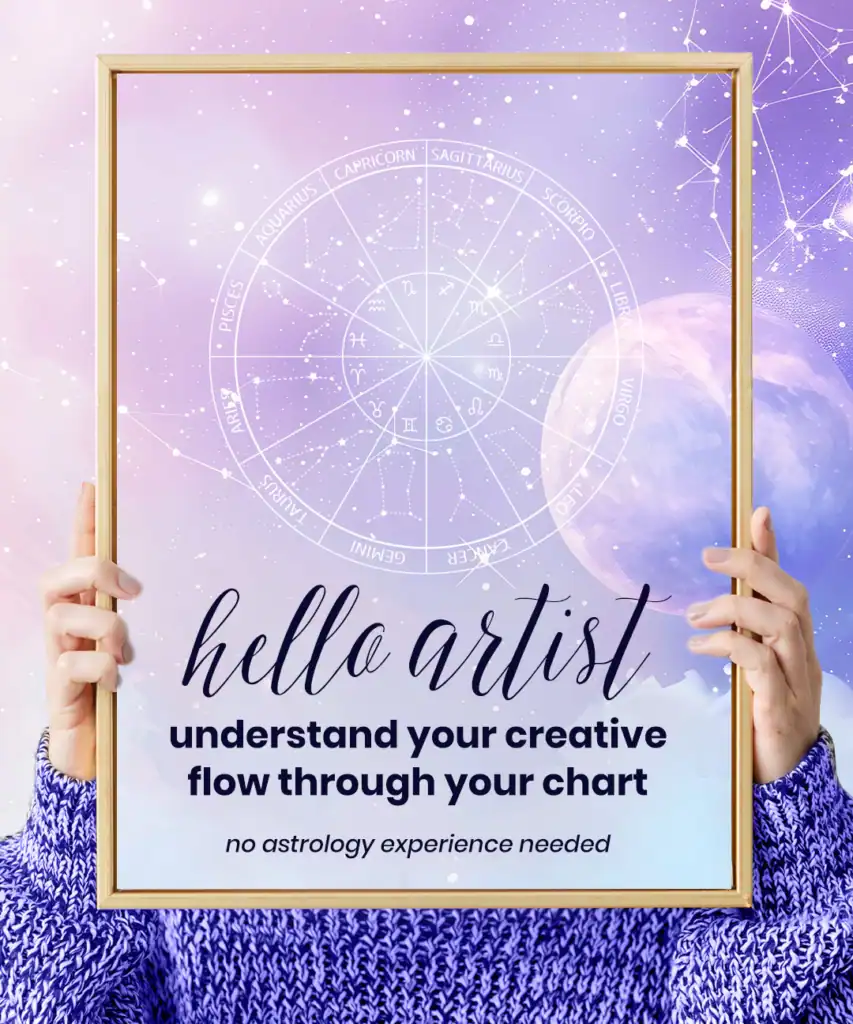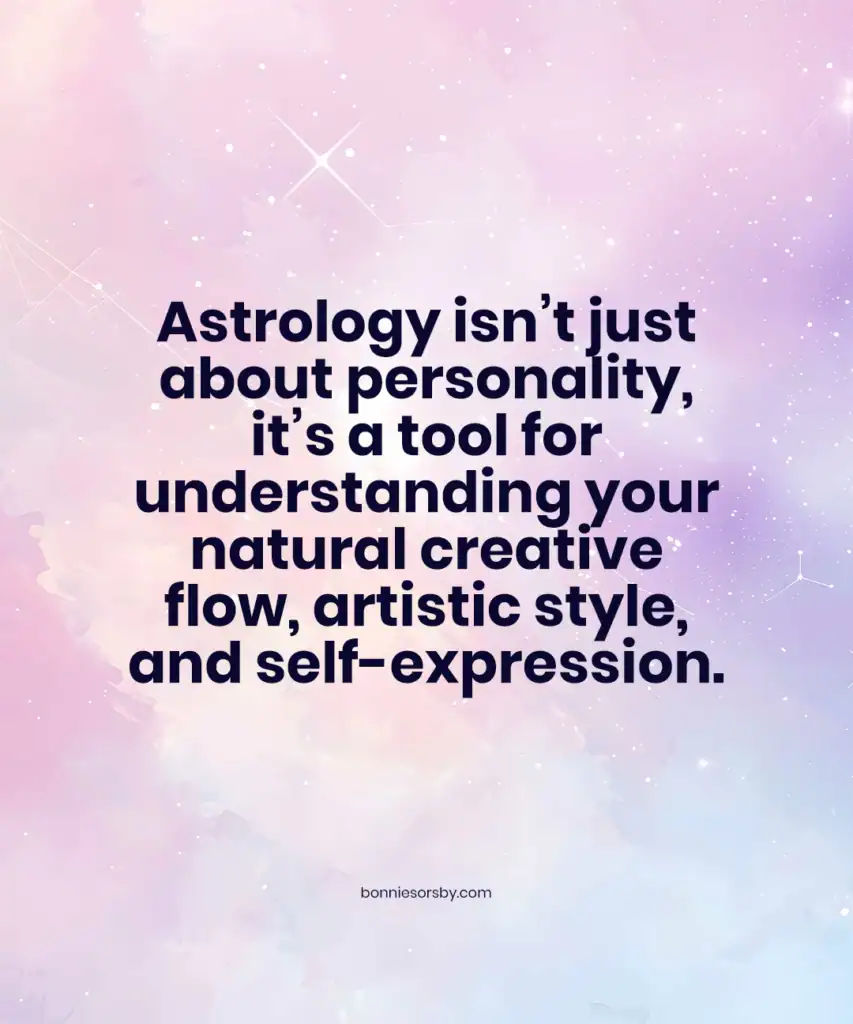How to Write an Artist Statement
Writing an artist statement is one of those tasks almost every creative avoids. You know your work deeply, yet when you sit down to describe it, everything suddenly feels complicated. The good news is that your artist statement does not need to be long, formal, or intimidating. It just needs to be honest, clear, and rooted in the way you create.
Below is a simple approach to write an artist statement that reflects your true creative identity and helps people understand your work in a meaningful way.
What an Artist Statement Should Include
An artist statement is a short introduction that gives people insight into your work. It should answer three foundational questions.
- What you create
- How you create
- Why it matters
This is the heart of it. Your statement is a bridge between you and your viewer. When you keep these essentials in mind, the writing becomes much easier.
How to Describe What You Create
Start with the simplest part. What do you make? What medium are you working in right now? Be specific and clear, without overexplaining.
Examples:
• “I create expressive mixed media florals with bright, energetic palettes.”
• “I paint coastal landscapes that blend texture and soft color layers.”
• “I photograph people and spaces with a focus on warmth and storytelling.”
One grounded sentence is enough. Your reader just needs a starting point.
How to Explain Your Creative Process
This is where you bring people into the experience of creating your work. Think about the feel of your process and what makes it distinct.
Questions to consider:
• What materials do you turn to most naturally?
• Do you work intuitively or with a plan?
• What decisions guide you as you create?
• What does the making process feel like for you?
Your process gives your work its shape. Let your reader see it.
How to Share the Meaning Behind Your Work
This is the deeper layer. Why do you create what you create? What themes, emotions, or ideas consistently show up in your work?
Reflect on:
• What you hope someone feels when they experience your art
• What keeps you inspired and connected to your creative flow
• The stories or perspectives that inform your work
• The emotional or intuitive thread behind your pieces
This part should feel natural, not forced. You are simply naming what is already true.
How to Put Your Artist Statement Together
A strong artist statement is usually one or two short paragraphs. Here is a simple structure to follow:
Paragraph 1: What you create and how you create it
Paragraph 2: Why it matters and what you hope people feel
When you put it all together, it might read something like:
I create colorful acrylic paintings inspired by the beauty of everyday life in South Florida. My work blends expressive brushstrokes with bright, citrus-forward palettes to capture movement, light, and joy.
Through my process, I hope to bring a sense of presence and optimism into the spaces my work lives in. Each piece is rooted in celebration, curiosity, and the small moments that make life feel vibrant.
Simple. Clean. Honest.
Before and After Artist Statement Example
To show how much clarity is possible when you understand your deeper creative identity, here is a before and after example. This transformation reflects the kind of insight artists uncover inside Your Birth Chart Guide for Creativity.
Before
I create abstract mixed-media paintings using acrylics, charcoal, and collage elements. I like experimenting with texture and color. My work is inspired by emotions and the natural world. My goal is to create artwork that people connect with.
Clear maybe, but so generic.
After
My work blends bold, expressive energy with an intuitive softness. I create abstract mixed-media paintings that feel both alive and deeply internal. Each piece begins with a spark of inspiration that moves through me quickly and playfully, then settles into layers of emotion, texture, and movement.
I am drawn to color in a way that feels instinctual. Some palettes arrive as bright, confident bursts, while others feel tender and nostalgic, like memories. My process is fluid and exploratory. I follow where the piece wants to go rather than forcing it into a rigid structure, allowing space for connection, discovery, and emotional resonance.
Through my work, I hope to offer viewers a moment of warmth, wonder, and reflection. Each painting is an invitation to pause, feel, and reconnect with the parts of themselves that crave both courage and softness.
This is the shift that happens when a creative understands the energy behind their work and their natural way of expressing themselves.
How to Make Your Artist Statement Sound Like You
The best test for an artist statement is reading it out loud. If it sounds stiff or unlike something you would actually say, simplify it. Make it more conversational. Make it more honest. Your artist statement should feel like your voice, not something you wrote to impress people.
How Astrology Helps You Write a More Authentic Artist Statement
Here is where the deeper magic comes in. When you understand your creative identity on an energetic level, writing your artist statement becomes much easier. Your Birth Chart Guide for Creativity helps you discover:
• Your natural creative rhythm
• Your emotional relationship to your work
• What inspires you and keeps you lit up
• How your expression is felt by others
• The energy behind your creative voice
Instead of guessing at who you are as an artist, the guide gives you a clear, intuitive language for it. Artists like you and I use the guide to clarify our style, understand our creative patterns, and name the deeper meaning behind our work, all of which make the artist statement process feel true and grounded.
If you want a clearer, more authentic artist statement that feels like it truly reflects your creative soul, explore the guide here:
Your Birth Chart Guide for Creativity
https://bonniesorsby.com/diy-birth-chart-for-creatives/
The Easy Way to Create Hand-Painted Bookmarks: A Step-by-Step Guide
How to Make Custom Hand-Painted Bookmarks A Step-by-step tutorial for gifts and personal use I…
How to Upcycle a Wood Table with Beautiful Hand-Painted Florals
How to Upcycle a Wood Table with Beautiful Hand-Painted Florals A DIY Guide to Refinishing…
What’s Hiding in Your White Paint? A Guide to RGB and Undertones
White Paint Undertones What’s Hiding in Your White Paint? A Guide to RGB and Undertones…
A Perfect Day in Palm Beach: History, Charm & Chic Hidden Gems
A Perfect Day in Palm Beach: History, Charm & Chic Hidden Gems Palm Beach is…
Showing up online authentically
How to Start Showing Up Online Authentically (Without Overthinking It) Have you ever poured your…
How to Choose the Best Art Business Coach for Your Goals
Which Art Business Coach Do You Really Need? (Spoiler: Maybe None at All) If you’ve…
10 Thoughtful and Sustainable Christmas Host Gifts Ideas
10 Thoughtful and Sustainable Christmas Host Gifts Ideas Handmade & Eco-Friendly: 10 Delightful Gift Ideas…
How to Find Quality Frames for Your Artwork and Photos: A Guide for Savvy Shoppers
How to Find Quality Frames for Your Artwork and Photos: A Guide for Savvy Shoppers…
Rose Reverence: The Timeless Allure and Energy of a Classic Motif
Discovering the Deeper Meaning and High Vibrational Energy of Roses For over two years, I…
The Science of Dopamine Decorating for a Happy Home
The Science of Dopamine Decorating for a Happy Home Have you ever walked into a…
How To Build An Art Collection You Love
How To Build An Art Collection You Love Welcome to the enriching (and potentially addicting)…
Creating Stunning Gardens in Zones 9 and 10: A Guide to Beautiful Landscaping
Creating Stunning Gardens in Zones 9 and 10: A Guide to Beautiful Landscaping Welcome, fellow…


